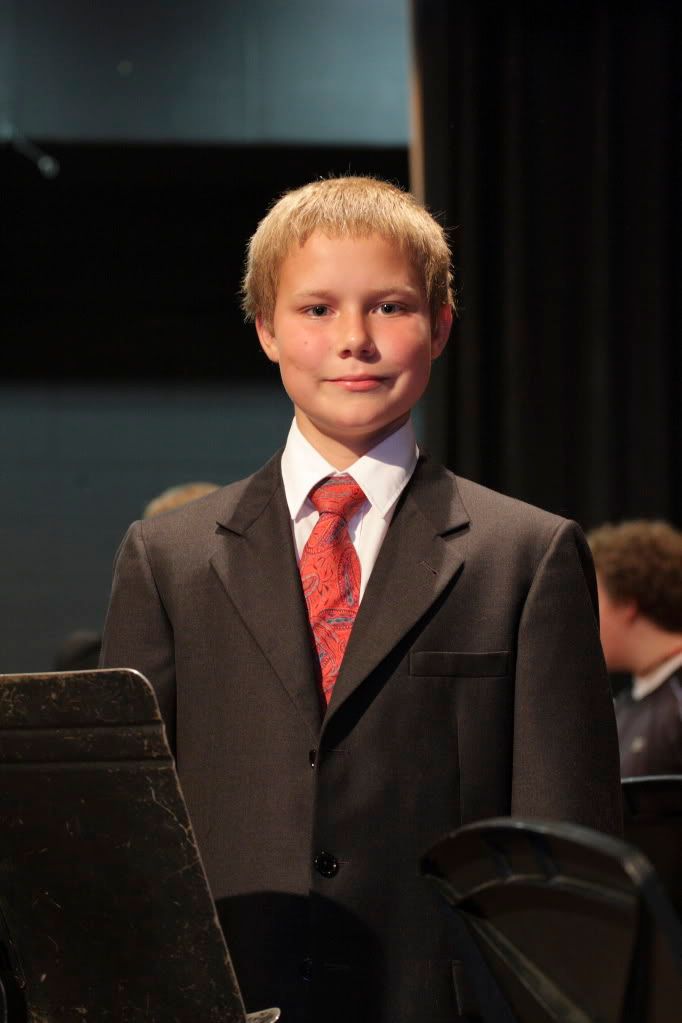I'm doing my first wedding for a friend next month, and to get rid of the harsh shadows I get in portrait mode with my 580 EXII, I decided to get a flash bracket. I thought I'd save some money with the quick flip 350, but from what I gather that won't work with a grip. Then, I realized there are much nicer brackets out there anyway! Anybody with a recommendation for my setup? In case it matters, my primary lens is Canon's 24-70. Thanks!





 Reply With Quote
Reply With Quote


